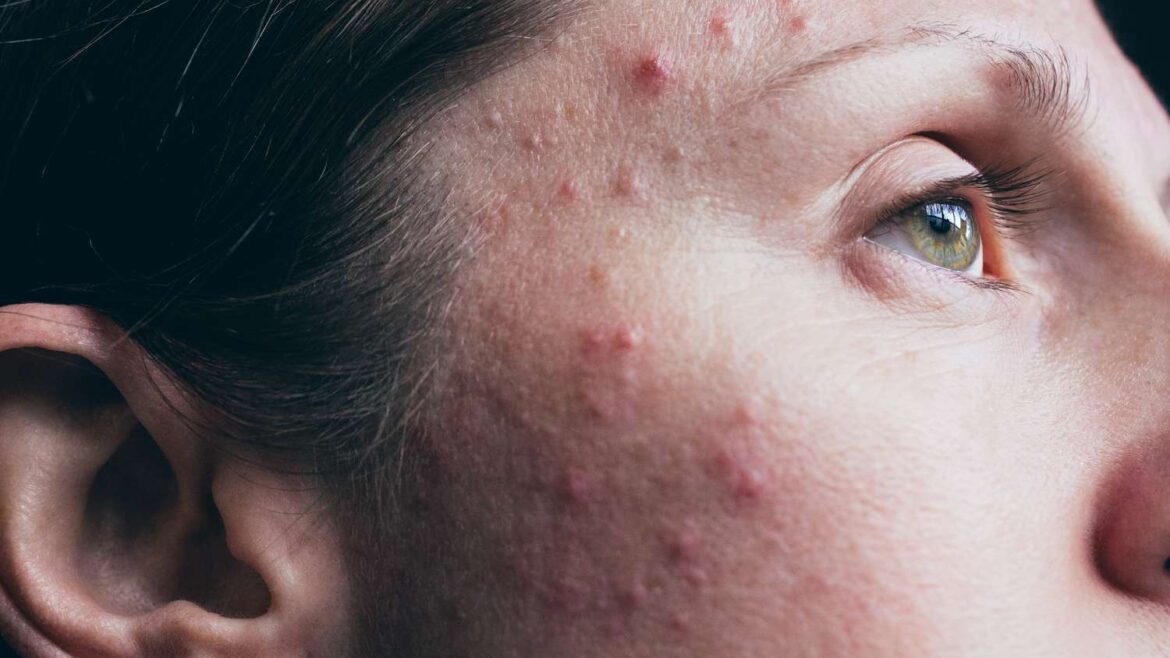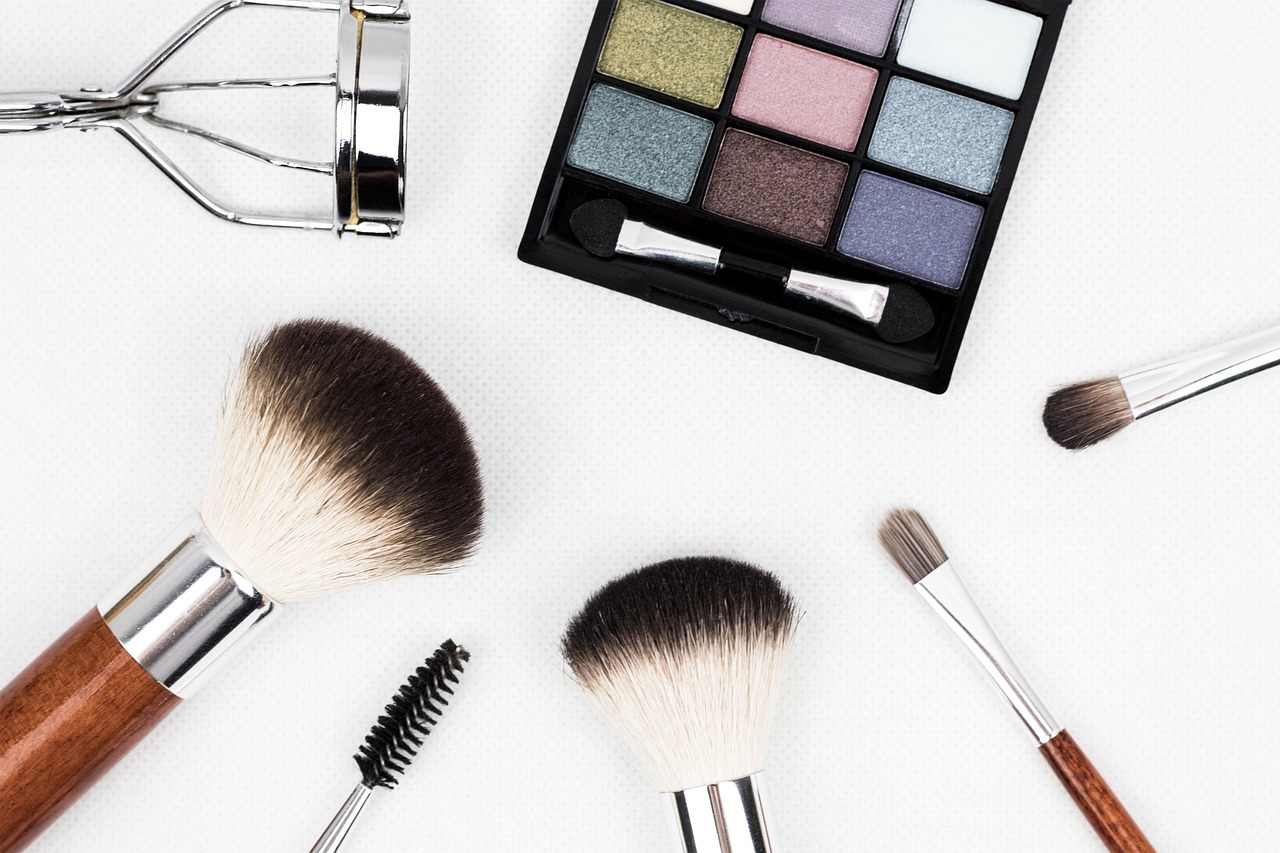Healthy Eating: The Ultimate Guide to a Daily Routine
https://icdrc.org/wp-content/uploads/2024/07/Healthy-Eating.jpeg 300 168 admin admin https://secure.gravatar.com/avatar/693ccb227eb6527287caaa4e9eb13c6e?s=96&d=mm&r=gIntroduction
Healthy eating is more than just a diet—it’s a lifestyle. It involves making thoughtful food choices, being mindful of portion sizes, and understanding the nutritional needs of your body. A daily routine of healthy eating can improve your energy levels, enhance your mood, and support overall well-being. This guide will provide you with comprehensive steps and tips to create and maintain a healthy eating routine that fits seamlessly into your daily life.
Chapter 1: Understanding Healthy Eating
What is Healthy Eating?
Healthy eating involves consuming a balanced diet rich in a variety of nutrients necessary for optimal body functioning. First and foremost, it means incorporating an array of macronutrients like carbohydrates, proteins, and fats to provide energy and support bodily processes. Additionally, it includes micronutrients such as vitamins and minerals, which are crucial for immune function, bone health, and cellular repair. By choosing diverse and nutrient-dense foods, you ensure that your body gets the essential components it needs to thrive. Consequently, a well-rounded diet not only fuels daily activities but also enhances overall health and well-being, preventing chronic diseases and promoting longevity. This includes:
- Macronutrients: Carbohydrates, proteins, and fats.
- Micronutrients: Vitamins and minerals.
- Hydration: Adequate water intake.
Benefits of Healthy Eating
- Improved Physical Health: Reduces the risk of chronic diseases such as heart disease, diabetes, and obesity.
- Enhanced Mental Health: Contributes to better mood and cognitive function.
- Sustained Energy Levels: Helps maintain consistent energy throughout the day.
- Weight Management: Supports healthy weight loss or maintenance.
Chapter 2: Setting Up for Success
Goal Setting
Start by setting realistic and achievable goals to guide your healthy eating journey. First, clearly identify what you aim to achieve, whether it’s weight loss, muscle gain, or simply feeling better. Next, break these goals down into manageable steps, making them easier to follow and sustain. As you define your objectives, ensure they are specific and measurable to track your progress effectively. By having clear, attainable goals, you can stay motivated and focused, which will ultimately lead to a successful and sustainable healthy eating routine.
Meal Planning
- Weekly Planning: Plan your meals and snacks for the week to ensure variety and balance.
- Shopping List: Create a shopping list based on your meal plan to avoid impulse buys.
- Prep Ahead: Prepare ingredients or entire meals in advance to save time during the week.
Kitchen Essentials
Stock your kitchen with healthy staples such as:
- Whole grains (brown rice, quinoa, oats)
- Lean proteins (chicken, fish, tofu)
- Fresh fruits and vegetables
- Healthy fats (olive oil, nuts, avocados)
Chapter 3: Morning Routine
The Importance of Breakfast
Breakfast is often hailed as the most important meal of the day because it breaks the overnight fasting period, replenishing your supply of glucose to boost your energy levels and alertness, while also providing other essential nutrients required for good health. Eating a healthy breakfast kickstarts your metabolism, helping you burn calories throughout the day. It sets the tone for your eating habits, curbing cravings and preventing overeating later in the day. By providing your body with essential nutrients, breakfast plays a critical role in maintaining steady blood sugar levels and improving cognitive function, setting you up for a productive and energetic day.
Nutritious Breakfast Options
- Overnight Oats: Combine oats, milk, yogurt, chia seeds, and your favorite fruits. Let it sit overnight for a quick, nutritious breakfast.
- Smoothies: Blend fruits, vegetables, protein powder, and a liquid base (water, milk, or plant-based milk).
- Egg-Based Dishes: Scrambled eggs with spinach and tomatoes, or a vegetable omelet.
Hydration
Start your day with a glass of water to rehydrate your body after sleep, ensuring you kick off your morning on a healthy note. Additionally, consider adding lemon to your water, as it not only provides a refreshing flavor but also supplies extra vitamins, particularly vitamin C. This simple habit helps jumpstart your metabolism, aids digestion, and can enhance your overall hydration, setting a positive tone for the rest of the day. By incorporating this practice into your morning routine, you promote better health and well-being from the moment you wake up.
Chapter 4: Mid-Morning Snack
Purpose of Snacks
Healthy snacks can keep your energy levels stable and prevent overeating at meals by providing your body with a steady supply of nutrients between main meals. Firstly, they help maintain your blood sugar levels, preventing the spikes and crashes that lead to energy slumps and cravings. Additionally, consuming small, nutritious snacks curbs your appetite, so you are less likely to overeat during lunch and dinner. By choosing snacks rich in protein, fiber, and healthy fats, you ensure prolonged satiety and sustained energy. Therefore, incorporating healthy snacks into your daily routine supports balanced eating habits and overall well-being.
Healthy Snack Ideas
- Fruit and Nut Butter: Apple slices with almond butter.
- Greek Yogurt: High in protein and can be topped with fresh berries.
- Nuts and Seeds: Almonds, walnuts, or pumpkin seeds for a quick and nutritious boost.
Chapter 5: Lunchtime Strategies
Balanced Lunch
A balanced lunch should include a mix of protein, carbohydrates, and fats to keep you satisfied and energized throughout the afternoon. First, incorporate protein sources like lean meats, beans, or tofu to promote muscle repair and satiety. Next, add complex carbohydrates such as whole grains or vegetables to provide a steady release of energy and maintain stable blood sugar levels. Additionally, include healthy fats like avocado or olive oil to enhance nutrient absorption and keep you feeling full longer. By thoughtfully combining these macronutrients, you create a balanced meal that fuels your body efficiently, helping you stay productive and focused until your next meal.
Quick and Nutritious Lunch Recipes
- Quinoa Salad: Combine cooked quinoa with chopped vegetables, chickpeas, and a light vinaigrette.
- Chicken Wrap: Whole wheat tortilla with grilled chicken, lettuce, tomatoes, and a dab of hummus.
- Vegetable Stir-Fry: Mix a variety of vegetables with tofu or shrimp, stir-fry in olive oil, and serve over brown rice.
Chapter 6: Afternoon Slump Solutions
Avoiding the Energy Dip
The mid-afternoon slump is common, but can be managed with the right foods.
Energizing Snack Options
- Veggie Sticks and Hummus: Carrot and celery sticks dipped in hummus.
- Trail Mix: A mix of dried fruits, nuts, and seeds.
- Whole Grain Crackers: Pair with cheese or avocado for a balanced snack.
Chapter 7: Dinner Time
Importance of a Balanced Dinner
Dinner should be nutrient-dense but not too heavy, as a heavy meal can disrupt sleep.
Flavorful and Healthy Dinner Recipes
- Baked Salmon: Serve with roasted vegetables and a side of quinoa.
- Vegetable Curry: Made with a variety of vegetables, coconut milk, and spices, served over brown rice.
- Stuffed Bell Peppers: Bell peppers stuffed with a mixture of ground turkey, quinoa, and vegetables.
Chapter 8: Evening Routine
Light Evening Snack
If you get hungry before bed, choose a light snack that won’t disrupt your sleep.
- Herbal Tea and a Small Piece of Dark Chocolate: The tea can help you relax, while the chocolate satisfies any sweet cravings.
- Fruit: A small bowl of berries or an apple.
- Yogurt: Greek yogurt with a drizzle of honey.
Chapter 9: Hydration Throughout the Day
Daily Water Intake
Aim to drink at least eight 8-ounce glasses of water per day. Adjust based on activity level and climate.
Chapter 10: Mindful Eating
What is Mindful Eating?
Mindful eating involves paying full attention to the experience of eating and drinking, both inside and outside the body.
Tips for Mindful Eating
- Eat Slowly: Take your time to chew and savor each bite.
- Eliminate Distractions: Turn off the TV and put away your phone.
- Listen to Your Body: Eat when you’re hungry and stop when you’re full.
Chapter 11: Overcoming Common Challenges
Time Constraints
Plan and prepare meals in advance to save time during busy days.
Budget-Friendly Tips
- Buy in Bulk: Purchase non-perishable items in bulk to save money.
- Seasonal Produce: Buy fruits and vegetables that are in season for better prices and quality.
Dealing with Cravings
- Healthy Alternatives: Find healthier versions of your favorite treats.
- Moderation: Allow yourself small indulgences to prevent binge eating.
Chapter 12: Sustainable Habits
Making It a Lifestyle
Healthy eating should be sustainable and enjoyable. It’s not about strict diets or deprivation, but about making healthier choices consistently.
Continuous Learning
Stay informed about nutrition and adapt your eating habits as needed. Experiment with new recipes and foods to keep your meals exciting and enjoyable.
Conclusion
Creating a daily routine of healthy eating is a journey that requires planning, mindfulness, and commitment. By following the tips and strategies outlined in this guide, you can develop a sustainable and enjoyable approach to healthy eating that supports your overall well-being. Remember, it’s about progress, not perfection. Celebrate your successes, learn from any setbacks, and continue to strive for a balanced and nourishing lifestyle.
Learn about Bad Foods for Health: Guide to Unhealthy Eating Habits



